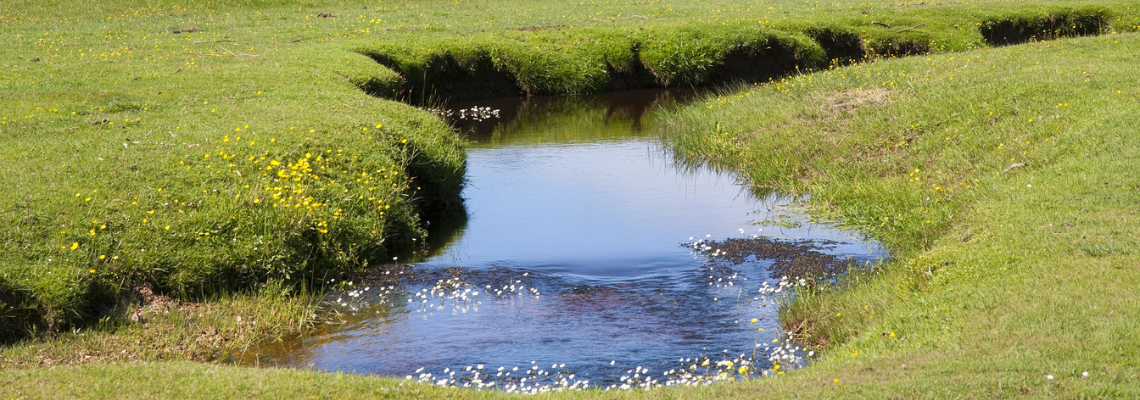Europe’s forever chemical (PFAS) contamination revealed

A new map showing the extent of Europe’s Per- and polyfluoroalkyl substances (PFAS or forever chemicals) has been released by the Forever Pollution Project.
The project is a collaboration between 18 European newsrooms in Belgium, Czech Republic, Denmark, Finland, France, Germany, Greece, Italy, Latvia, Netherlands, Spain and the United Kingdom who have come together to investigate how these chemicals are damaging our environment.
The investigation revealed that PFAS chemicals contaminate more than 17,000 sites across the continent. An additional 22,000 sites are presumed contaminated due to current or past industrial activity.
What dangers do PFAS pose?
PFAS are a group of human-made chemicals that have been around since the 1940s. They have been used in a variety of consumer products, such as non-stick cookware, waterproof clothing, food packaging, and firefighting foam. Because of their unique properties, namely their heat resistance and water repellency, they were attractive for industrial uses as well.
PFAS can remain in the environment indefinitely because they do not break down easily. They can accumulate in water sources and soil, where they can then enter the bodies of humans and animals through contact or ingestion.
Once inside the body, these chemicals can interfere with hormones and other essential bodily functions. Long-term exposure to even low levels of PFAS has been linked to serious health issues including cancer, infertility, birth defects, immune system disorders, thyroid problems, endocrine disruption, liver damage, kidney damage, asthma exacerbation, obesity and more.
How was the map put together?
The journalists aggregated data from multiple sources of information, some of which was not public. This data allowed them to locate known contamination. To identify presumptive contamination sites, they adapted the methodology of a group of researchers who have done similar work to map contamination in the United States: the PFAS Project Lab (Boston) and the PFAS Sites and Community Resources Map.
The project found 20 manufacturing facilities and more than 2,300 sites in Europe that are PFAS hotspots, places where contamination reaches levels considered hazardous to the health of people exposed to them.
The map shows that Belgium is home to the highest levels of pollution, where PFAS was found in groundwater at concentrations up to 73m ng/l in Zwijndrecht, Flanders.
Speaking to the Guardian Prof Crispin Halsall, an environmental chemist at Lancaster University said the high concentrations of PFAS in water “concern him”.
Of the PFAS detected, 640 sites had high concentrations of more than 1,000 nanograms a litre of water.
“You have the risk of livestock gaining access to those waters and then PFAS in the human food web. There are also risks involving people and accessing wildlife as food sources like fishing and wildfowl,” he said.
In the Netherlands, an accident near Schiphol airport in Amsterdam resulted in soils contaminated with high levels of PFAS from firefighting foam. Similarly troubling findings have been made at some airports and military sites across Germany as well, according to the project.
Drinking water sources on the map
Drinking water sources in the UK and across Europe have also been contaminated with PFAS, the map shows.
Data obtained from water companies and the Environment Agency by the Guardian found that since 2006, 120 samples of drinking water sources have been found to contain concentrations of PFOS or PFOA at above the 100ng/l level, the point at which the Drinking Water Inspectorate’s (DWI) guidelines state that water companies should take action to reduce it before supplying it to people’s homes.
Water companies say, however, that the chemicals do not make it into the final tap water because it would first either be blended with another source to dilute the PFAS, or it would undergo a specialised treatment process and be removed.
Chemist and PFAS expert Roger Klein told the Guardian he believes the UK’s “DWI limits are ridiculously high by current international standards”.
He also believes the practice of blending water to dilute the PFAS is wrong. He said: “It is the lazy way out and it doesn’t remove the PFAS, which remains a problem since they are highly persistent and bioaccumulative.”
Given their widespread use in consumer products and industrial processes over the past several decades it’s almost impossible to completely avoid exposure to PFAS today, PFAS are toxic and virtually indestructible chemicals and this project is just the tip of the iceberg.


